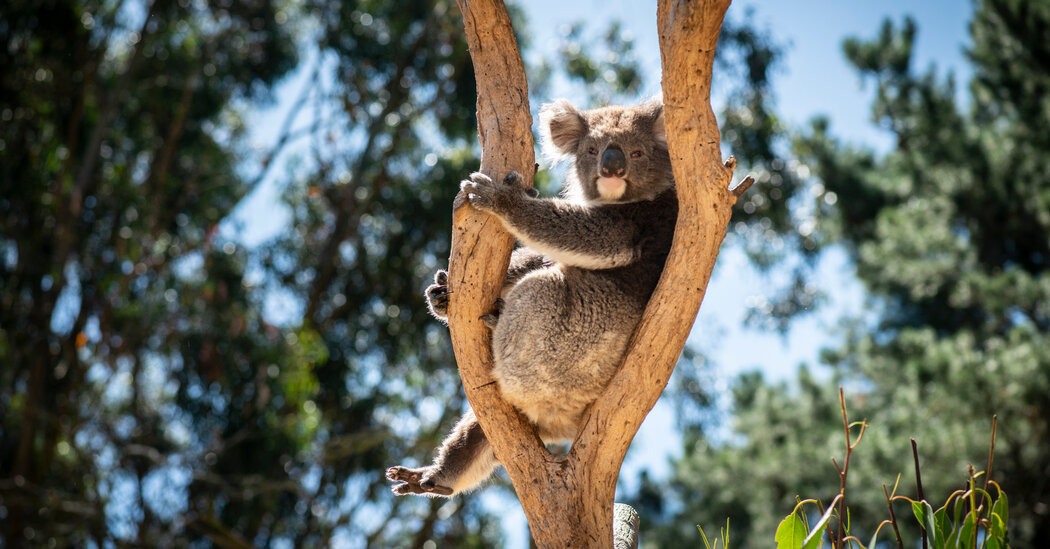It’s the backpacker’s call to India, the sunseeker’s attraction to Mexico, and the digital nomad’s drive to get to Thailand: Go where the dollar buys more.
The evergreen budget travel strategy is getting a boost this summer: The dollar has surged against a number of foreign currencies, including the Japanese yen, thanks to high interest rates offered by the Federal Reserve — attracting foreign investment, which bolsters the dollar.
“A destination’s weaker currency spells greater value for U.S. tourists,” said Erina Pindar, the chief operating officer and managing partner at SmartFlyer, a global travel agency based in New York City.
“This economic advantage could make far-flung bucket list destinations in Asia, such as Indonesia, Vietnam and Japan, or in South America, like Peru, Argentina and Chile, more accessible than ever before,” she added.
Distant destinations are usually more expensive to fly to, which, along with the physical toll of jet lag, helps make the case for the country’s North American neighbors, Canada and Mexico, where the exchange rates have long favored the dollar’s buying power.
But this year there are some new contenders with attractive exchange rates to consider, including the following destinations.
Australia
Currently, the U.S. dollar is worth about 1.50 Australian dollars, up about 16 percent over the last three years.
The hurdle, of course, is the long flight, which can easily run over $1,000 round trip. But the travel search engine Kayak lists some attractive summer round-trip fares between the West Coast and Sydney starting at $770, with the best availability in August.
Getting around Australia by air isn’t cheap either, especially since the recent collapse of the low-cost carrier Bonza. Jetstar offers lower fares, including, recently, $50 one-way tickets between Melbourne and Adelaide.
Camper vans can be an affordable way to take an Australian road trip, with companies like Jucy, Britz and Apollo offering vehicles that include beds and cooking facilities. Jucy recently priced a two-person van rented for a week in July at about $53 a night.
The Northern Hemisphere summer is Australia’s winter. If you’re planning a ski vacation in the Australian Alps, Tourism Australia suggests avoiding mid-July when schools are on break and many families head to the slopes.
Australia does not have a culture of tipping, potentially saving travelers 20 percent on restaurant meals, according to Craig Bradbery, the chief…
Click Here to Read the Full Original Article at NYT > Travel…
